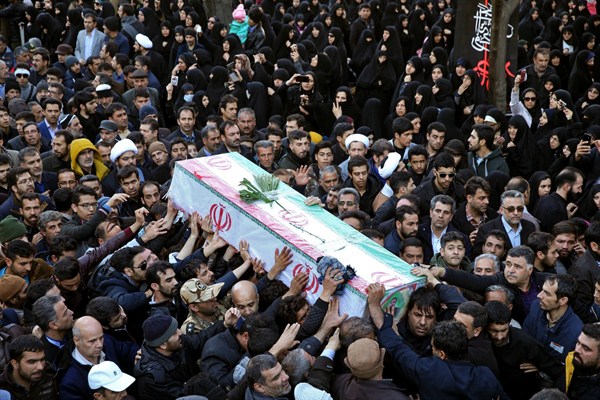Iranian celebrations to mark the 40th anniversary of the Islamic Revolution earlier this year were marred by a suicide bombing in southeastern Iran that killed 27 members of the elite Islamic Revolutionary Guard Corps. The soldiers had been traveling near the Pakistani border in Sistan and Baluchistan province, where armed Sunni insurgents have waged a decades-long campaign to achieve greater autonomy from the Shiite-led government in Tehran. Iran accuses hostile foreign powers like the United States, Saudi Arabia and Pakistan of supporting the insurgency in the predominantly Sunni region. In an email interview with WPR, Patrick Clawson, director of research at the Washington Institute for Near East Policy, discusses the grievances driving the unrest in southeastern Iran and the validity of Iran’s claims of foreign involvement.
World Politics Review: What are the historical roots of the insurgency in southeastern Iran, and how much popular support do militant groups in the region enjoy?
Patrick Clawson: People in southeastern Iran have long felt aggrieved by the poor treatment they’ve received from Tehran. That was true under the imperial Pahlavi dynasty that ruled the country from 1925 until 1979, and the situation only got worse under the current Islamic Republic. That is in no small part because of the government’s explicit discrimination against the Sunni sect of Islam, which nearly all Baluch follow.

